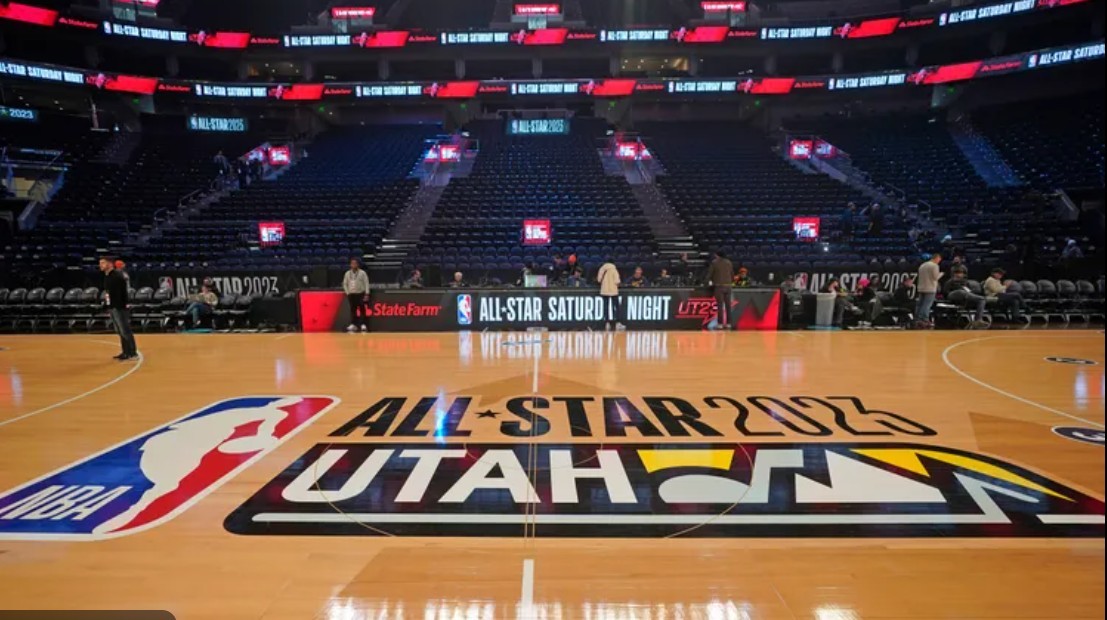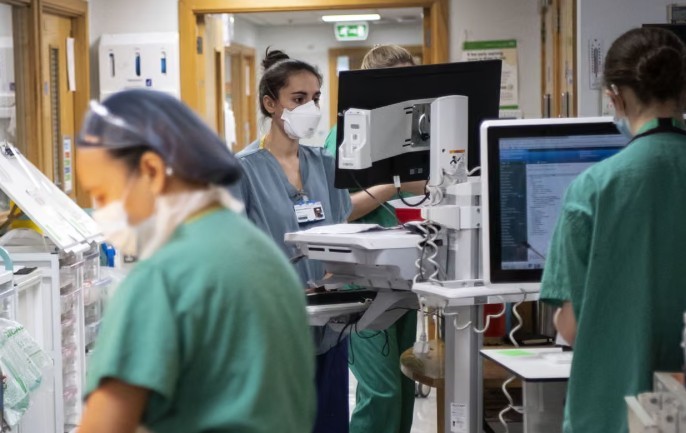Top 10 Least-Visited Places in South Africa Makes You Surprised
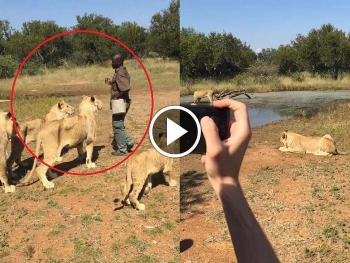 Tourists Walk with the Lions in South Africa and What Will Happen Tourists Walk with the Lions in South Africa and What Will Happen |
 Top 10 Biggest Shopping Malls in South Africa for Exciting Experience Top 10 Biggest Shopping Malls in South Africa for Exciting Experience |
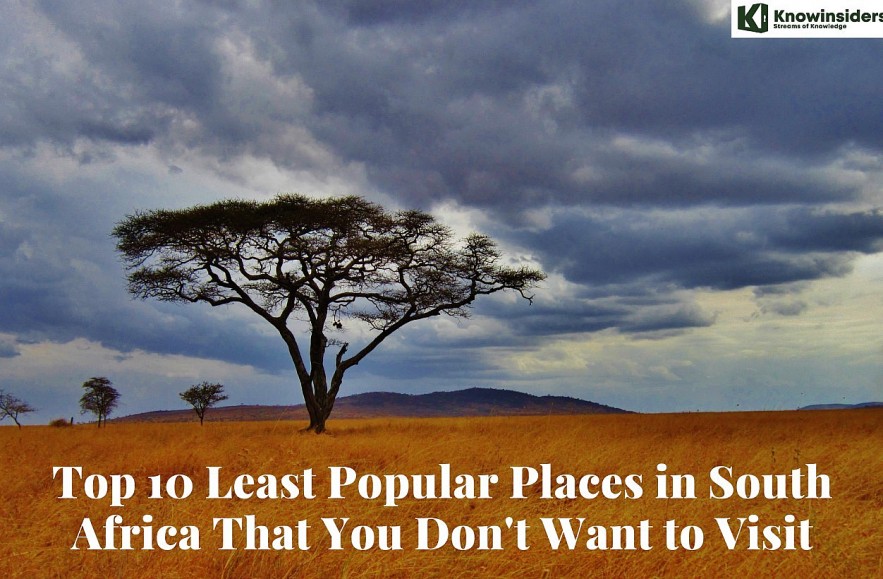 |
| Top 10 Least Popular Places in South Africa |
South Africa has plenty of well-known draw cards - the Kruger Park, Cape Town, and the Garden Route come to mind - but its wealth of lesser-known natural wonders, quaint towns, and beautiful beach destinations can make a huge difference to your holiday, especially if you want to get away from the crowds. Diversity is a word that is frequently associated with South Africa, but you will only see a fraction of it if you stick to the well-traveled areas that are featured prominently in guidebooks and travel websites.
Is South Africa Dangerous for tourists?
The high crime rate in South Africa may deter visitors. In 2018, there were more than 30 murders per 100,000 people, with Cape Town being the most dangerous city in the nation. However, statistics show that since the 1990s, crime has been steadily declining. It's also interesting to note that cities like Baltimore (54 murders per 100,000 residents) and New Orleans (41 murders per 100,000 inhabitants) have higher murder rates overall.
South African safety in numbers
As is frequently the case, areas of poverty and unemployment are hotspots for crime. More than 20% of all murders in the country are committed in the top 30 police stations. The Cape Town township of Nyonga currently holds the record for the most murders in South Africa. Nyonga is regarded as the most dangerous place in South Africa because there are more than 300 murders committed there every year and a startling 56% unemployment rate.
Are Tourists Affected by South African Crime?
More than 15 million tourists come to the nation each year. Do they need to worry?
Don't worry if the murder rate worries you. Only 2 foreign tourists have been killed in South Africa in the previous ten years, one of whom was a Guatemalan travel companion. This indicates that there are almost no tourists killed in South Africa each year.
When traveling abroad, tourists are also concerned about crimes like robberies, pickpocketing, and muggers. This is due to the fact that foreign tourists frequently bring valuables and travel documents with them when sightseeing, making them easy and appealing targets. The bad news is that different robberies happen frequently in most big cities, including European hubs like Barcelona, Paris, and London. The good news is that there are steps you can take to safeguard yourself and reduce the risk.
How to Stay Safe As a Tourist in South Africa
You can take quick actions to ensure your safety as you move about South Africa. By adhering to them, you can make sure that your trip to South Africa is safe and that both tourism and common sense go hand in hand.
As a tourist, you should always be on guard and aware of your surroundings. Avoid being naive by never leaving your bags unattended in public or in your car, and never go alone at night.
The following should be kept in mind when you are in South Africa:
Do not display any valuables you may be carrying. Always keep your wallet and purse close to you and out of sight.
Try to move in groups if you can, especially at night. You should never go hiking by yourself. If you are alone after hours, think about taking an Uber or taxi instead of walking because they are much cheaper in South African cities.
Always lock your car, roll up the windows, and ignore people who approach it at red lights, stop signs, and on the highway (yes, even while you are driving).
Read up on the locations you intend to visit and seek advice from locals or information centers. By avoiding troublesome areas like townships, crime is easily preventable and localized.
With these basic safety measures in place, you'll quickly learn that South Africa is a secure travel destination, and you'll feel safe and at ease as you explore it. Look into the South African visa requirements before traveling there to fully appreciate your time there. Do not forget to obtain the South African visa at least a few days prior to your trip.
Top 10 Least Popular Places in South Africa
1. Tswalu
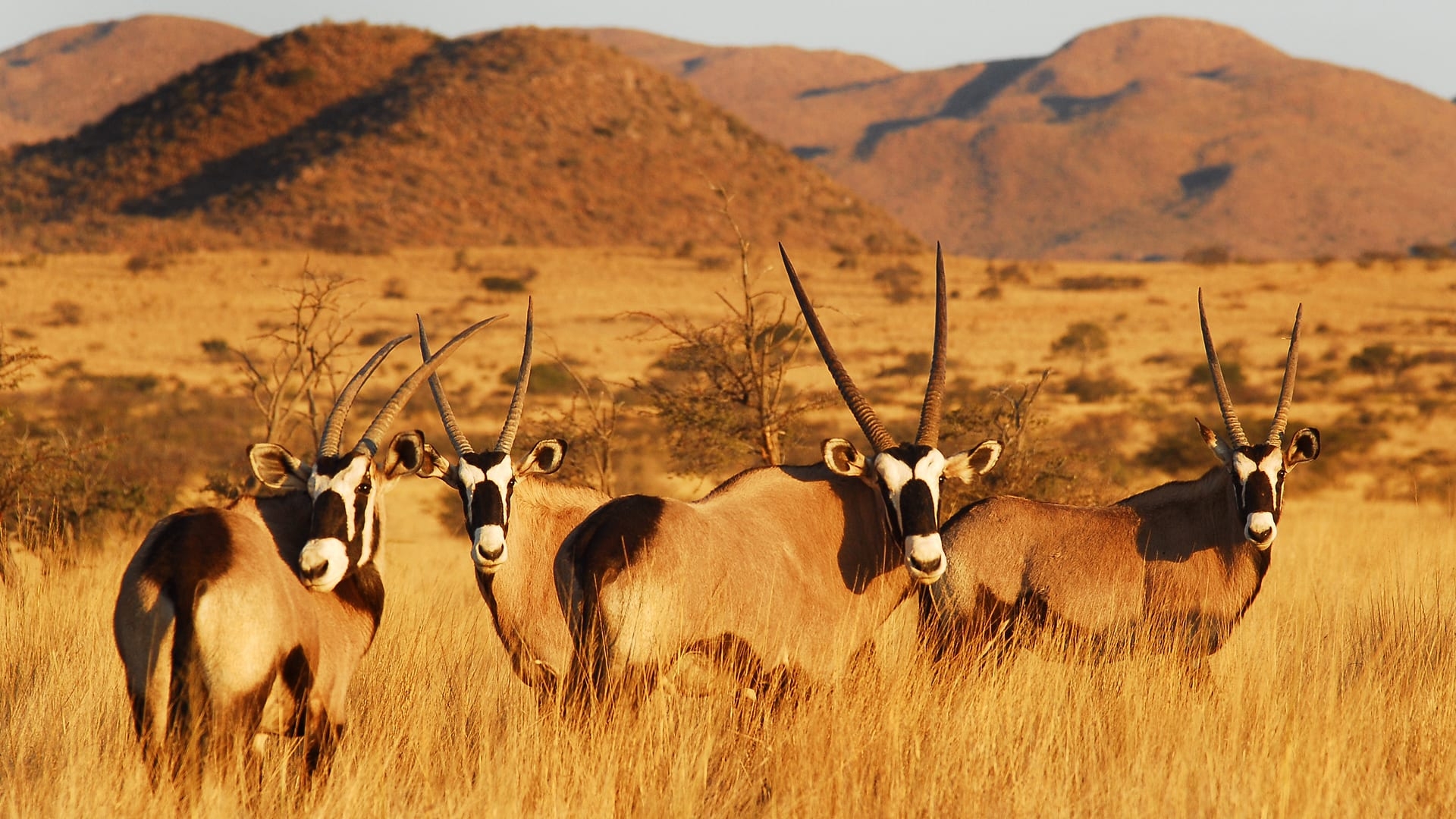 |
| Photo; andbeyond |
When the only practical way to reach a reserve is by private plane scheduled by the reserve itself, you know you're traveling to the middle of nowhere. Tswalu is one of the largest areas of land with very few people, despite the fact that South Africa is one of the more developed safari nations in Africa.
The Oppenheimer family, who assumed responsibility for returning this area of the Kalahari to its natural state in 1998, are the current guardians of Tswalu. Since then, non-native species and traces of its past as a farmland have been eliminated, and native species and natural processes have been reestablished.
With just two lodges, Tswalu Tarkuni and Tswalu The Motse, on the 1,200 square kilometer reserve, ecotourism supports this conservation model. Visitors can go on silent red dune walks, rides, or drives, as well as engage in activities like stargazing, rhino tracking, bird watching, and visiting habituated meerkat dens.
2. Thirst Land
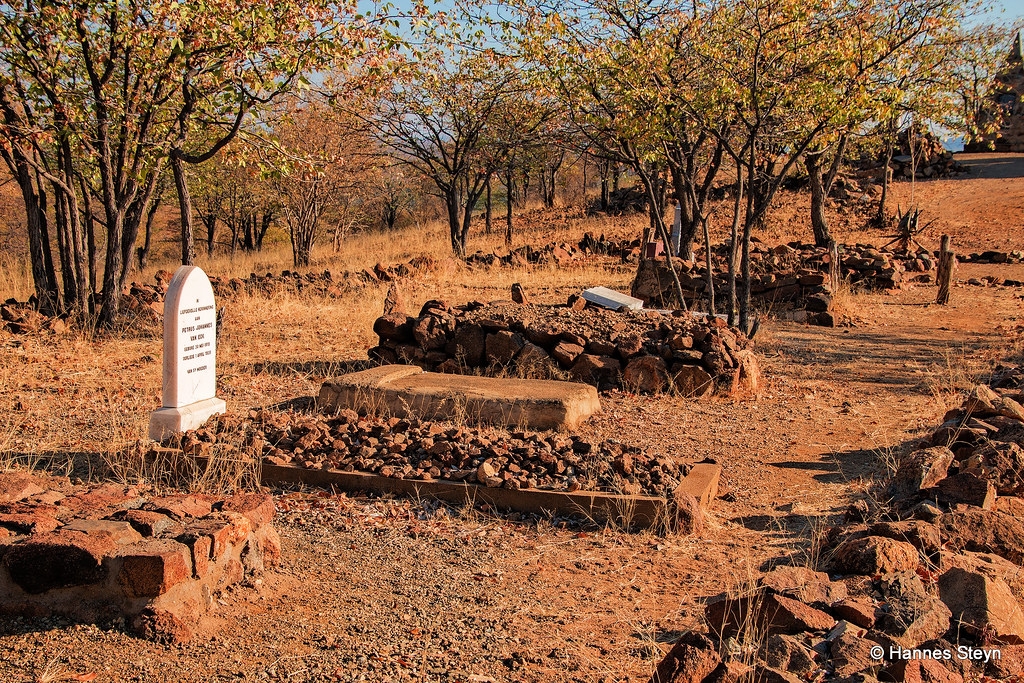 |
| Photo: flickr |
A group of dry salt pans with Brandvlei as their center are located in the northernmost parts of the Upper Karoo. Uncannily, and with good reason, these unexplored destinations in South Africa are also referred to as Dorsland (the Thirst Land). It alludes to how the rains come down on this level, dry land. Instead of flowing away, as it does in other parts of the country, it evaporates, leaving behind pans of enormous nothingness where you can travel for 200 km without coming across a person or a house, as well as salt and other minerals.
Birds converge on these pans during the season. Like Verneukpan, those serve as a speed racing venue when they are dry. There is a unique beauty in this place. especially in the winter and autumn.
3. Phinda Reserve
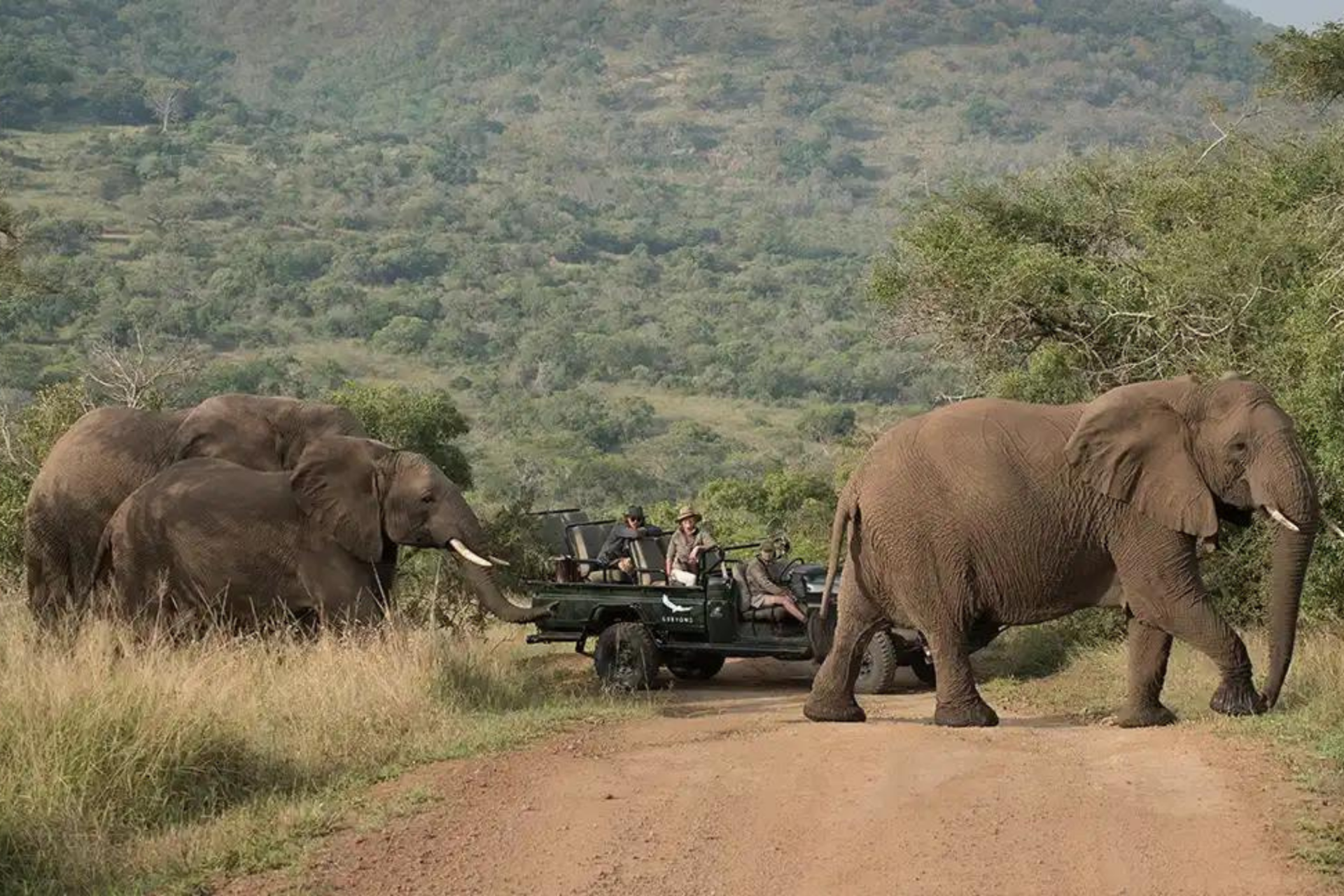 |
| Photo: andbeyond |
Phinda is one of South Africa's most rewarding wildlife reserves and something of a conservation success story thanks to its seven unique habitats. The protected area, which is located on KwaZulu-Natal's coast, includes sand forests, grasslands, mountain ranges, river courses, wetlands, and other unusual habitats.
When Aardvark Safaris first opened twenty years ago, Phinda's wildlife was still somewhat scarce, but as a result of a ground-breaking program of large mammal relocation, it has now become one of Africa's most important biodiversity hotspots. There are 415 bird species to spot on wildlife drives and walks, but you're likely to divert your attention to the herds of elephant as they pass in favor of observing them.
The reserve only allows a very small number of visitors, and only a few lodges provide the best accommodations. Choose Phinda Homestead or Phinda Mountain for views of the Ubombo mountain range and the surrounding Zululand bush if you're looking for a lavish, private villa.
4. Valley of Desolation & Giant Flag Project, Graaff Reinet
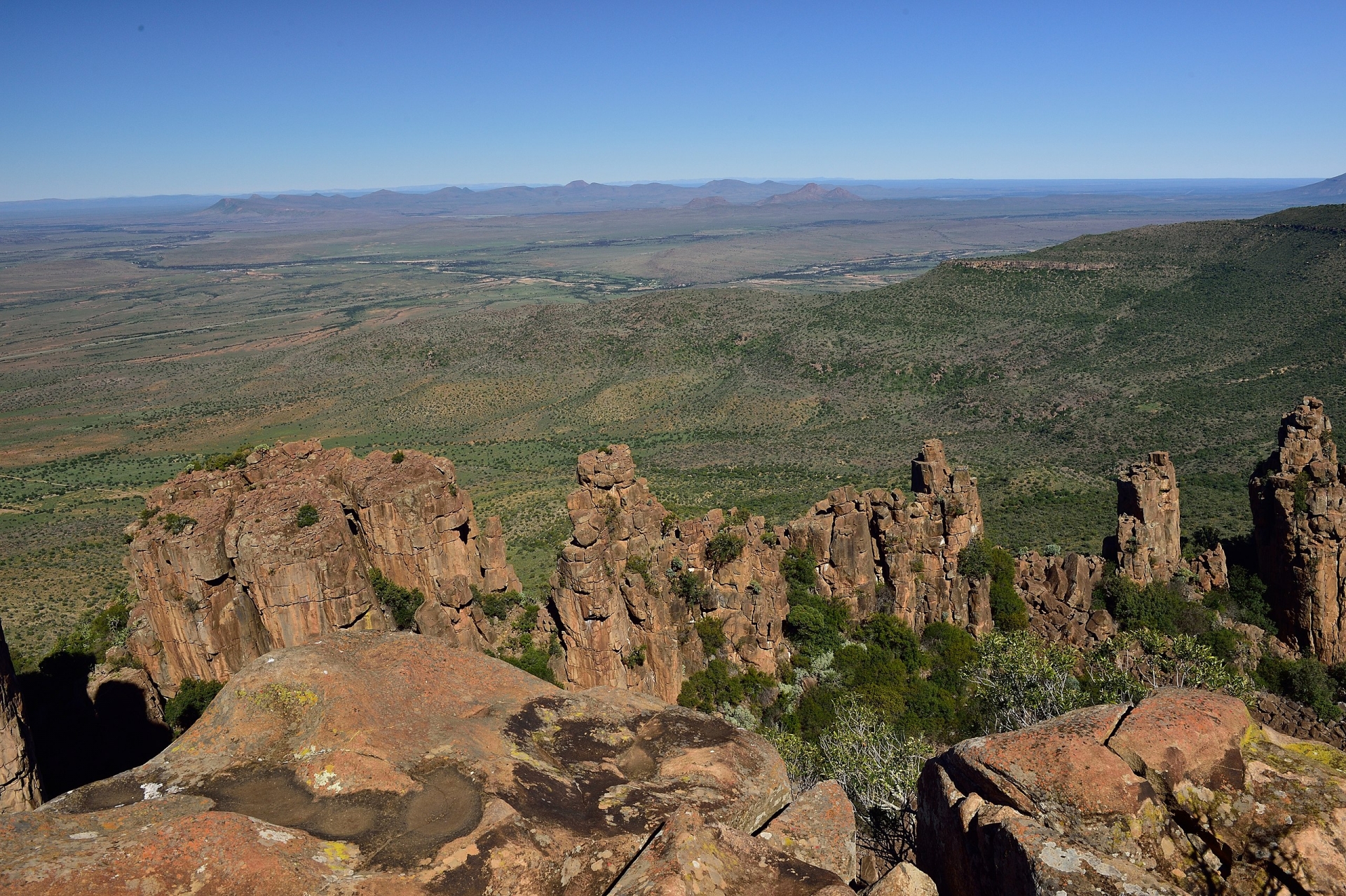 |
| Photo: wikimedia |
Vertical cliffs and dolerite columns rising 120 meters into the air can be found throughout the Valley of Desolation, the product of volcanic activity that occurred 100 million years ago. The South African flag is being made entirely out of plants in the nearby Giant Flag Project, and once finished, it will be so big that it can be seen from space!
Few places can compare to South Africa's diverse landscape, especially its incredible rock formations. Something equally famous as Table Mountain can be found in the Camdeboo National Park in the middle of the country. The enormous rock columns appear to fall down at any moment. But despite centuries of erosion, powerful winds, and heat, these 120-meter-tall dolerite rocks remain solid and undamaged. You can either take in this natural wonder from a number of vantage points while visiting Camdeboo, or you can partake in daring activities like paragliding or skydiving.
5. The Timbavati
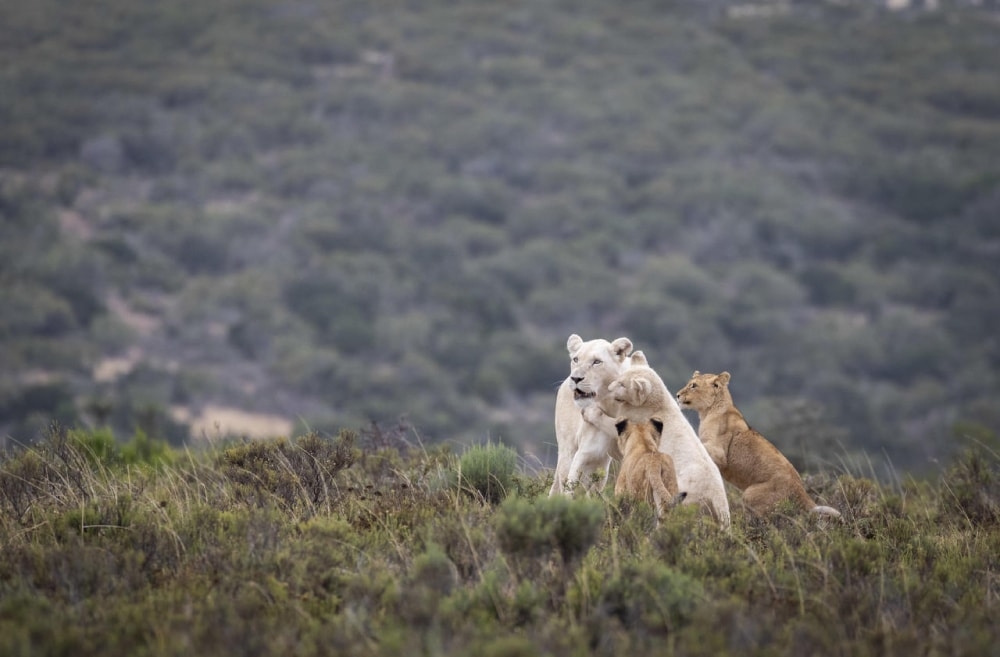 |
| Photo: discoverafrica |
The Kruger National Park, one of Africa's finest wildlife reserves and a treasure trove of wildlife in a region of exceptional natural beauty, sprawls luxuriantly over much of northeastern South Africa. It is a crucial component of any South African safari.
The Greater Limpopo Transfrontier Peace Park is created by combining the less-traveled portions of the Gonarezhou and Limpopo national parks in Zimbabwe and Mozambique, which are separated by more than 200 miles of the Kruger National Park.
The majority of rhinos reside in the Sabi Sands region, so this is likely where you'll see the most sightings. However, Timbavati has even more wildlife; these two areas are also home to some of the best lodges and camps, like Tanda Tula and Ngala Tented Camp.
A variety of safari experiences have been mastered by these lodges. The best hospitality is offered alongside daily wildlife drives, walking trails, night drives with spotlights, and birdwatching sessions. The lodges' cuisine is excellent, and the rooms combine the utmost in luxury with picture windows that look out onto untamed bush.
6. Nqutu
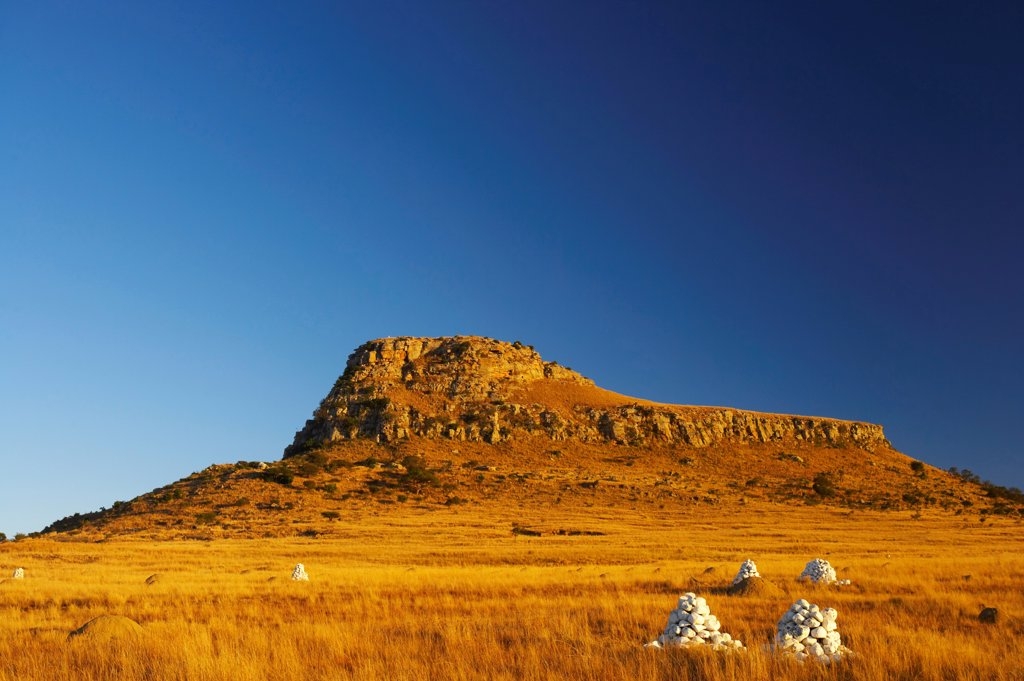 |
| Photo: superstock |
Children in the South African village of Nqutu begin their day at four in the morning. They start getting ready for the journey to school after fetching water, allowing the family's cows to graze, and helping to feed and clothe their younger siblings. And it is a real trek. With a distance of 10 miles one way and 10 miles the other, there is always a risk of robbery, rape, animal attacks, and perilous river crossings on both sides.
According to Harvard Law Today, the children must cram a full 24-hour day into much less due to the numerous hours lost while traveling to and from school. Many are forced to forgo their studies, sleep, and health as a result, which has an impact on their capacity to perform to their highest level in the long run. It's still a bad situation and an even worse place to live, despite numerous attempts to alleviate the issue.
7. Augrabies Falls National Park, Northern Cape
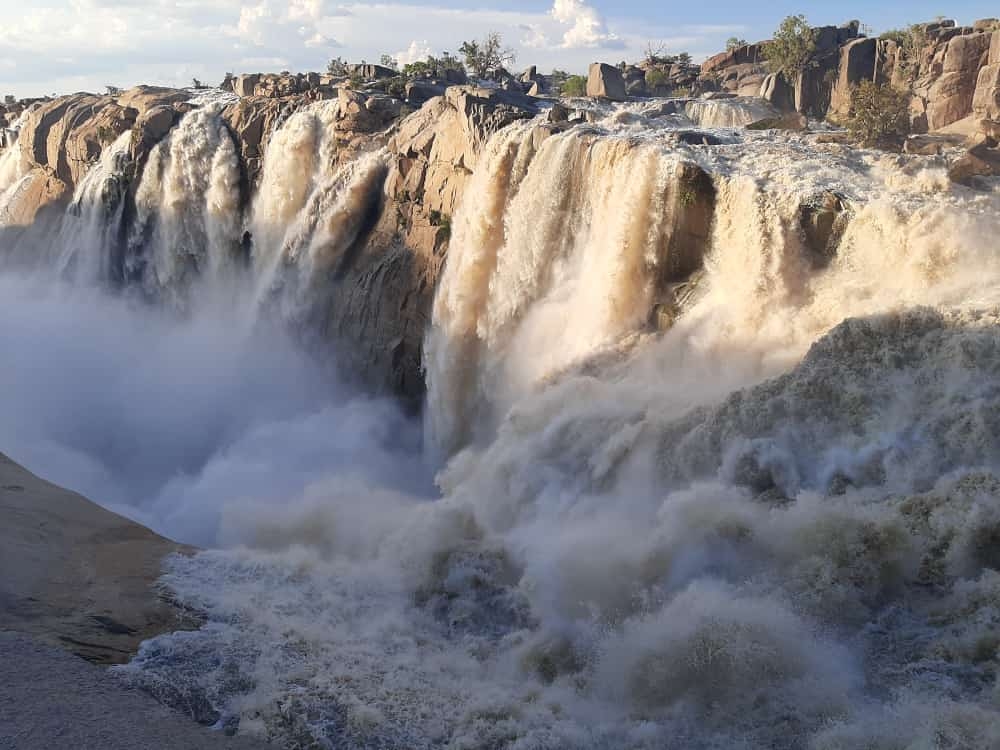 |
| Photo: twitter |
Augrabies is one of the most stunning and impressive natural areas in the Northern Cape, but it doesn't receive nearly enough attention. Augrabies' thunderous falls are most impressive when the Orange River is at its most intense. Not by accident, Augrabies is named after a Khoi word for loud noise. You can hike along various trails to the aptly named scenic locations, such as Moon Rock and Echo Corner, where powerful waters cascade down starkly eroded granite formations.
Watch out for mountain zebra, rock hyrax (dassie), klipspringer buck, and black eagles.
8. Baberton's Makhonjwa Mountains
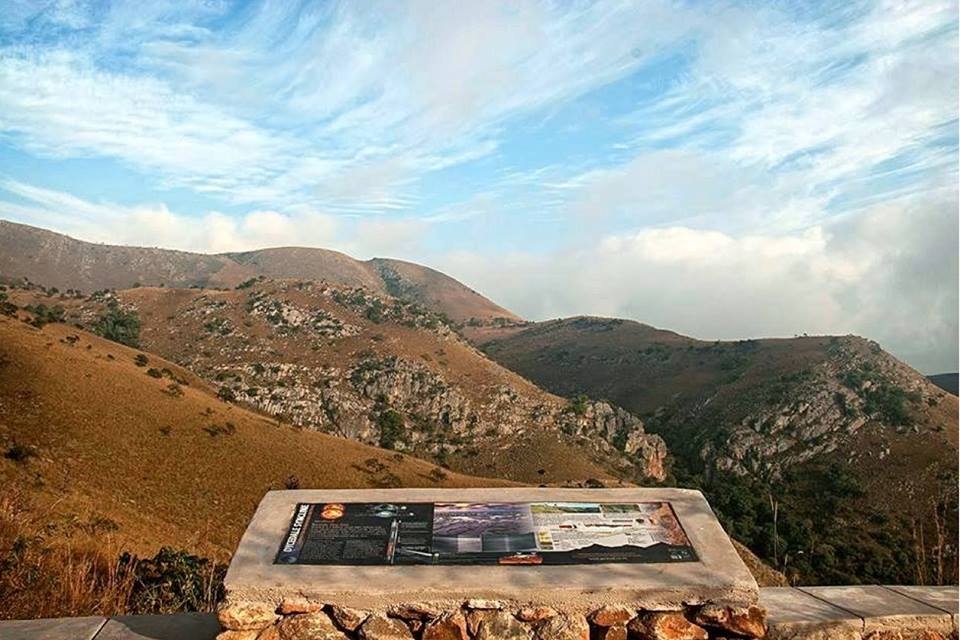 |
| Photo: satourismonline |
The Makhonjwa Mountains, which are nearby the historic town of Barberton, not only sound otherworldly, but they also house one of the planet's oldest geological formations. It is still one of the less well-known tourist destinations in South Africa. The world's best-preserved volcanic and sedimentary rock has been discovered there, and it is known as the Greenstone Belt.
And it's been around for between 3.6 and 3.25 billion years—in other words, when continents were just coming into existence. You can either drive the route or go on organized tours. Simply get in touch with Barberton tourism; they're pretty jacked.
9. The Gamkaskloof
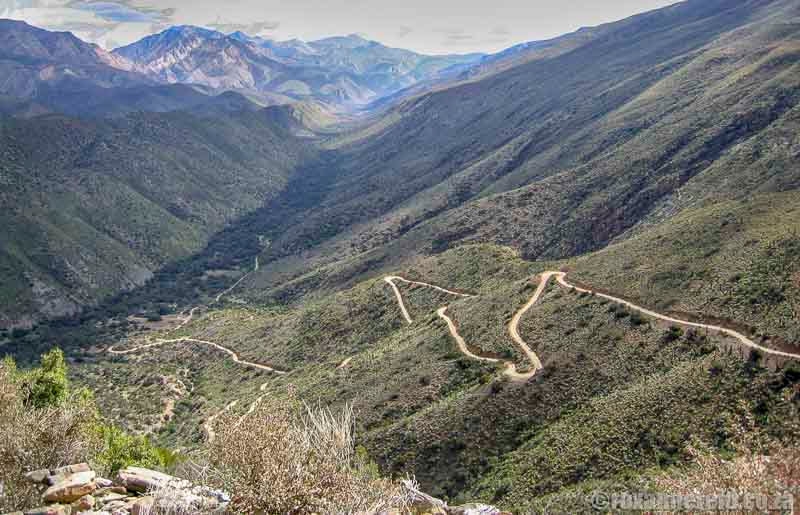 |
| Photo: roxannereid |
There is a tale associated with this secret kloof. An isolated valley in South Africa that is 20 miles long and roughly 600 feet wide is known as Die Hel (the hell) for a variety of reasons, including the hellish journey people who lived there had to take to reach civilization (the valley drops nearly 579 meters in a matter of seconds).
Even though driving is challenging right now, at least there is a road. Best accomplished with a knowledgeable driver operating a road bike or 4x4. The Swartberg Mountains are where you can find it. It is well-marked.
10. Mount Ayliff
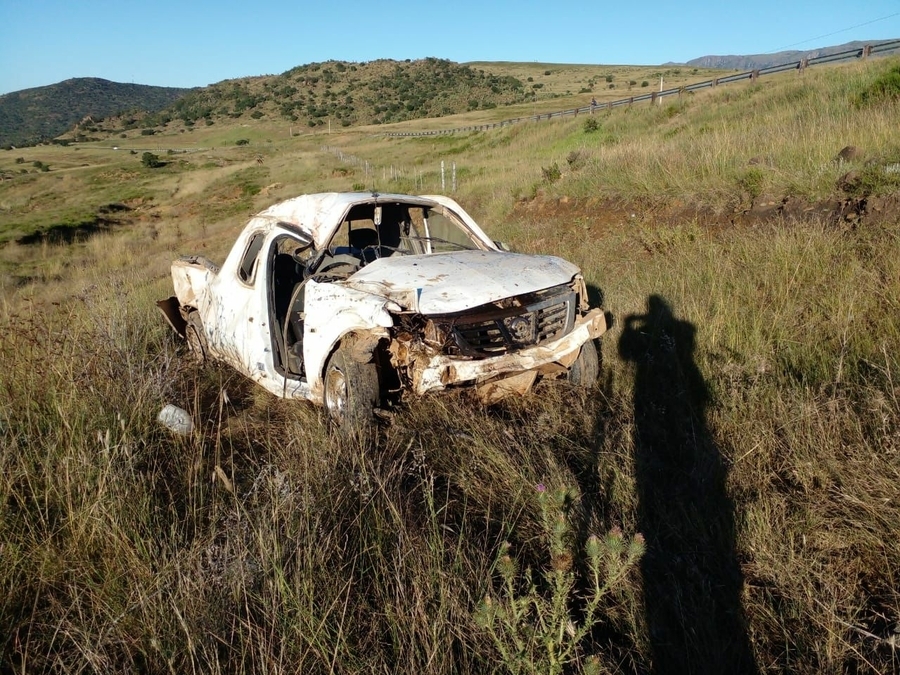 |
| Photo: algoafm |
Avoid Mount Ayliff if simple conveniences like a flush toilet, running water, and electricity are important to you. Mount Ayliff is a grim, depressing place that appears to be going nowhere quickly. It is one of the poorest villages in one of the poorest regions of South Africa.
The unemployment rate is over 50%, only 16% of people have indoor plumbing in their homes or yards, and 90.2% of people struggle to make ends meet on less than R1600 per month. Even though it doesn't have the same levels of crime and corruption as some of South Africa's larger cities, this doesn't mean much to the residents who are just trying to get by each day.
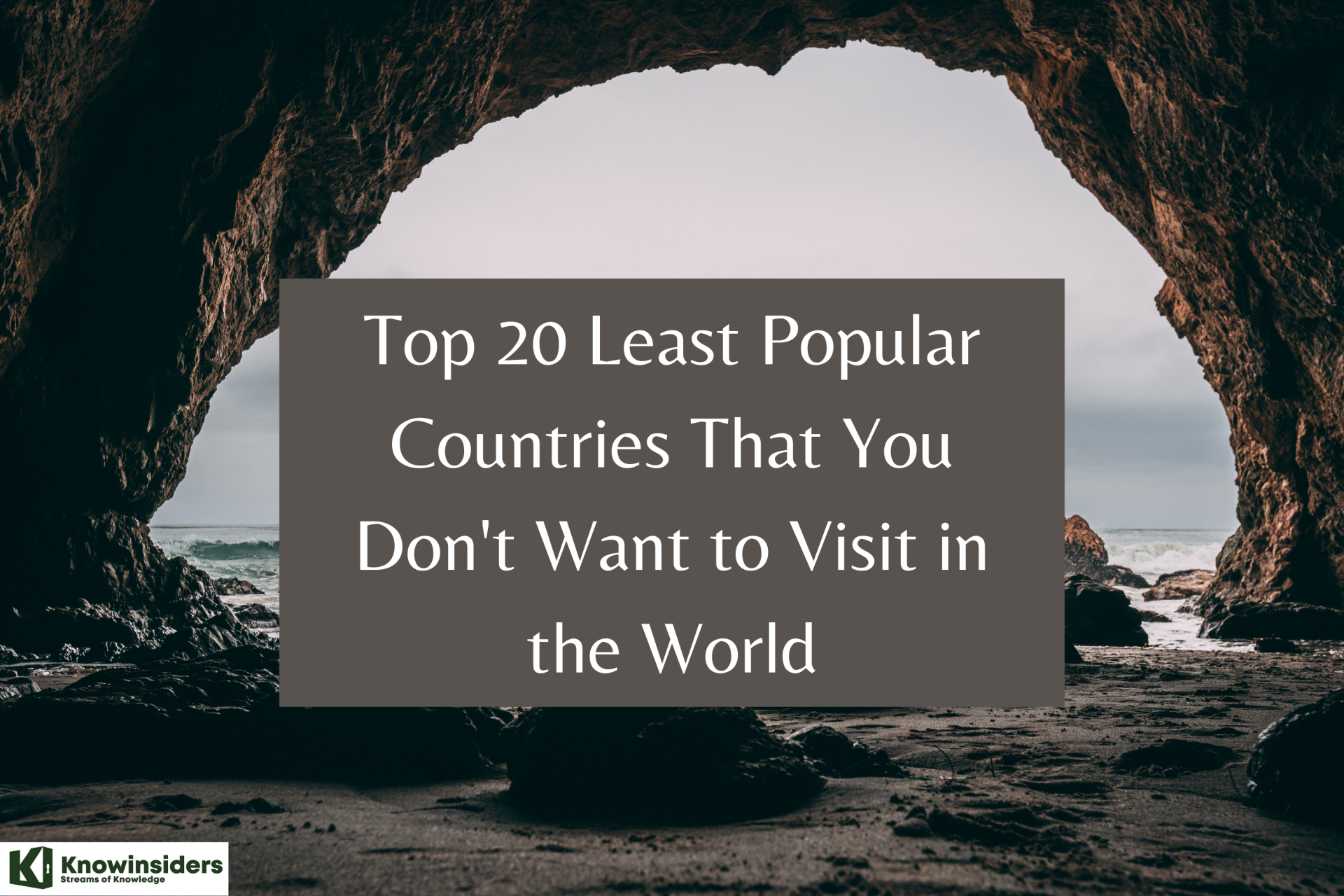 20 Least Popular Countries That You Don't Want to Visit in the World 20 Least Popular Countries That You Don't Want to Visit in the World Read the list of 20 least popular countries and find out what are the most isolated and least visited countries in the world. |
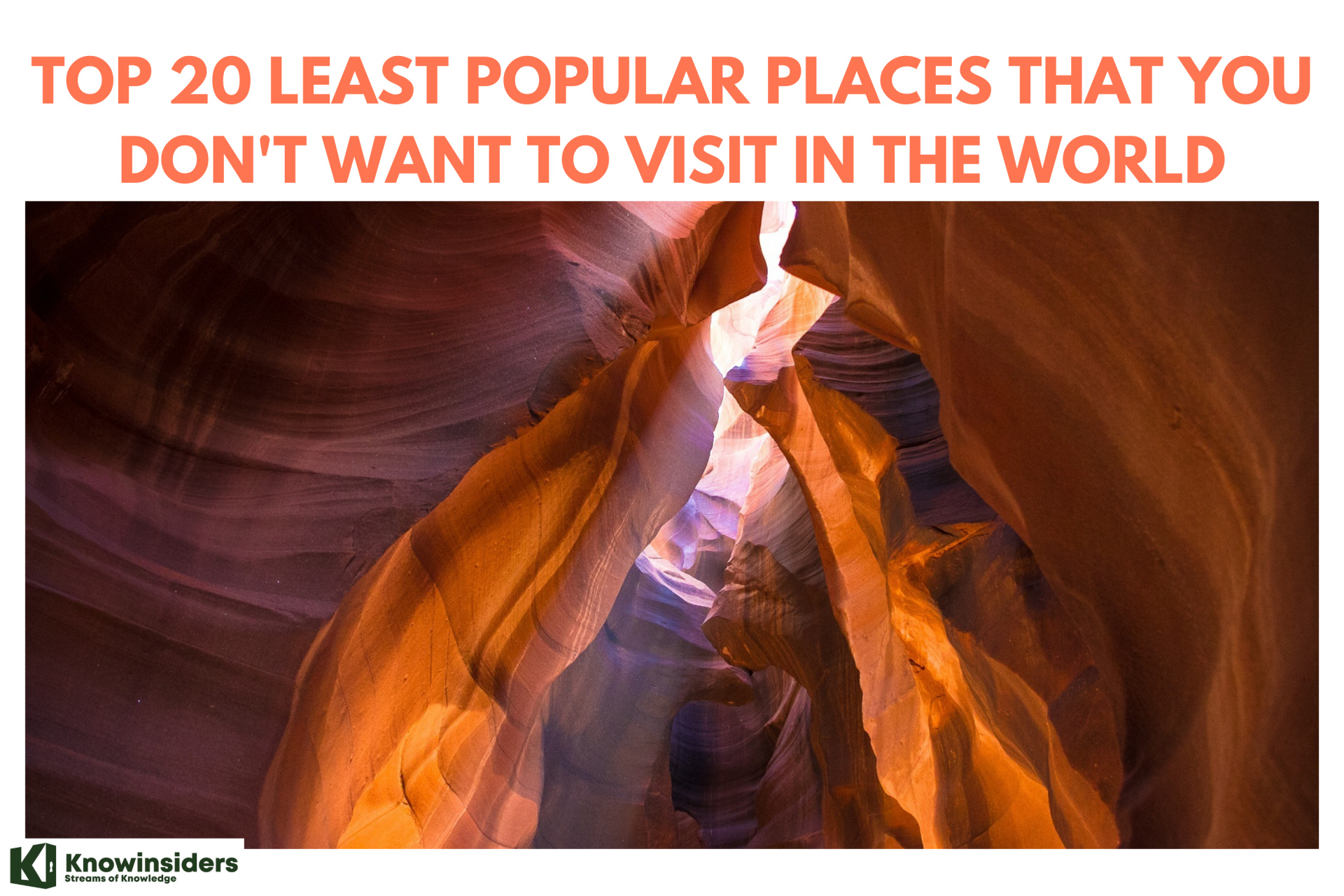 Top 20 Least Popular Places That You Don't Want to Visit in The World Top 20 Least Popular Places That You Don't Want to Visit in The World Let's discover the 20 least visited destinations in the world that should be on every seasoned globetrotter's bucket list! |
 Top 10 Least Popular Places in Europe That You Don't Want to Visit Top 10 Least Popular Places in Europe That You Don't Want to Visit France and Italy are fantastic, but what about all the countries in Europe that aren’t as popular? Check out the top 10 least popular places ... |



